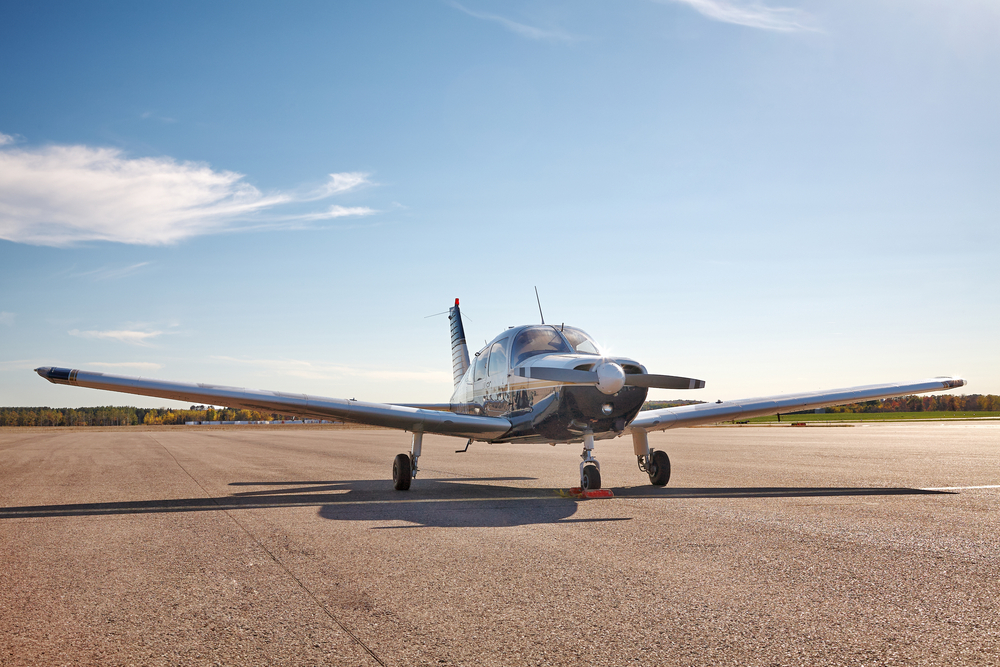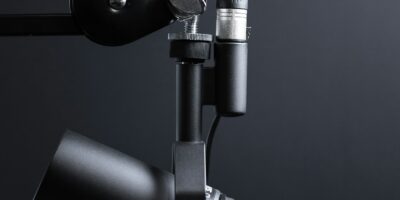The aviation medical exam’s not like your regular doctor checkup. The FAA wants to make sure you’re healthy enough to safely operate an aircraft. For most pilots it’s straightforward, but there are gotchas that can ground you if you’re not prepared.
Quick Answer: Aviation Medical Examiner (AME) checks: vision (distant, near, color), hearing, blood pressure, heart rate, urinalysis, medical history review, and basic physical exam. Class 3 medical (most private pilots) requires 20/40 or better vision (correctable), no major medical conditions, no disqualifying medications. Common issues: ADHD meds (must be off 90 days), antidepressants (most require special issuance), diabetes (insulin requires special issuance), sleep apnea (treatable, provide compliance records), DUI history (reportable, delays issuance). Cost: $75-$200, takes 30-60 minutes. CRITICAL: Consult AME before exam if you have ANY medical conditions or take ANY medications – denials are permanent.
Before You Go
DO NOT walk into an AME office without preparation if you have medical issues. Seriously. A denied medical is permanent on your record and makes getting one later way harder.
Consult with an AME informally first – many will do consultation appointments where they review your situation without officially examining you. If there are issues, you can withdraw before applying. Once you officially apply and get denied, you’re done.
AOPA has medical resources and can help connect you with senior AMEs who know how to navigate complex cases. Use them.
The Vision Test
Distant vision: 20/40 or better in each eye, with or without correction. Glasses/contacts are fine, just bring them.
Near vision: Able to read small print at 16 inches. Again, correction allowed.
Color vision: Identify aviation signal colors. Most AMEs use Ishihara color plates (the dot pattern tests). True colorblindness doesn’t automatically disqualify – you can get a Statement of Demonstrated Ability (SODA) by demonstrating you can identify light signals from a tower.
If you fail vision, get prescription updated before returning. If you wear contacts, bring backup glasses.
Hearing Test
Must hear conversational voice at 6 feet or hear test equipment tones. Most people pass easily. If you have significant hearing loss, might need hearing aids – which are allowed and FAA-approved if they work.
Blood Pressure and Heart
Blood pressure must be under 155/95 normally. If yours is high, get it controlled before the exam – primary care doctor can prescribe meds. Most BP meds are FAA-approved.
They’ll check heart rate and rhythm, listen for murmurs or irregularities. EKG required for first-class medicals (airline pilots) and sometimes for older pilots (over 40) getting third-class.
History of heart attack, bypass surgery, stents, arrhythmia – all require special issuance. Doesn’t mean you can’t fly, just means extra paperwork and cardiology reports required. Consult AME before exam.
Urinalysis
Checking for protein, glucose, blood. Mainly screening for diabetes and kidney problems.
Don’t chug water right before – concentrated urine is fine, dilute urine sometimes triggers retests.
If you’re diabetic, it’ll show in UA and medical history – be upfront about it. Type 2 controlled by diet/oral meds usually gets issued. Insulin requires special issuance process.
Medical History Review
You fill out MedXPress online before the exam. It asks about:
– Medical conditions (ever had X, Y, Z)
– Surgeries and hospitalizations
– Medications currently taking
– Mental health history
– Substance use/DUI history
Be honest. Lying on MedXPress is a federal crime and FAA cross-references with NDMR (National Driver Register) and sometimes insurance records. They’ll find out.
Common issues:
ADHD/ADD medications: Stimulants (Adderall, Ritalin, etc.) are disqualifying while you’re on them. Must be off meds for 90 days, then undergo neuropsychological testing to prove you don’t actually need them. Process takes 6-12 months and costs $2,000-$5,000 for testing. Plan ahead.
Depression/anxiety meds: Some SSRIs are approved (Prozac, Zoloft, Lexapro, Celexa in low doses for mild depression). Require 60-day monitoring period and ongoing reports from prescribing doctor. Other antidepressants require special issuance or are disqualifying.
Sleep apnea: Treatable. If you use CPAP, provide compliance records showing you use it nightly. Untreated sleep apnea is disqualifying.
Diabetes: Type 2 controlled with diet or oral meds usually gets issued. Insulin requires special issuance with detailed endocrinology reports and proven glucose control.
DUI/DWI history: Must be reported (even if not asked specifically in older MedXPress versions). Multiple DUIs or recent ones delay issuance pending substance abuse evaluation. Single DUI 5+ years ago usually gets through eventually.
Kidney stones: History is fine if resolved. Active stones might delay issuance until resolved.
Cancer history: Depends on type and treatment. Many cancers in remission get special issuance after sufficient time and clean oncology reports.
Physical Exam
Basic stuff – listen to heart and lungs, check reflexes, look in ears/throat, check for hernias, test muscle strength and coordination.
They’re looking for anything that could suddenly incapacitate you in flight – heart problems, neurological issues, metabolic conditions.
Most people pass easily. If AME finds something concerning, they might defer your application to FAA Aerospace Medical Certification Division in Oklahoma City. That adds 30-90 days to get your medical while they review records.
Special Issuance vs. Regular Issuance
Regular issuance: AME examines you, issues medical same day or within a week. Good for 60 months (under 40) or 24 months (over 40) for third-class.
Special issuance: AME defers to FAA, you submit additional medical records/tests, FAA reviews and issues medical with restrictions or requirements. Might require annual followup exams, quarterly reports from doctors, specific testing. Takes 60-180 days typically.
Once you have special issuance, renewals are usually easier – same process but faster since you’ve already been through it.
BasicMed Alternative
If you can’t get a medical or don’t want to deal with FAA medical bureaucracy, BasicMed is an option:
– Requires you held a valid FAA medical at some point after July 2006
– Online medical course every 2 years (free)
– Physical exam by any state-licensed physician every 4 years (use your primary care doctor)
– Limitations: No flying above 18,000 feet, no aircraft over 6,000 lbs, no more than 5 passengers, no compensation
BasicMed works for most recreational flying. Doctors are way more flexible than AMEs – they just certify you’re safe to drive, basically. Many pilots with medical issues use BasicMed successfully.
But you need at least one FAA medical issued first. If you’ve never gotten a medical or were denied, BasicMed isn’t available until you get a special issuance.
Cost and Duration
Medical exam costs $75-$200 depending on AME and location. Not covered by insurance usually.
Exam takes 30-60 minutes typically.
Third-class medical (private pilot) valid 60 months if under 40, 24 months if over 40.
Second-class (commercial pilot) valid 12 months for commercial privileges, then reverts to third-class.
First-class (airline pilot) valid 6-12 months depending on age, then reverts to lower classes.
Plan exam timing – don’t let it expire right before a big trip or checkride.
Don’t Screw This Up
The medical process isn’t hard for healthy pilots. But if you have ANY medical issues or take ANY medications, consult an AME before officially applying. Seriously. A denial closes doors permanently. An informal consultation or special issuance might work fine.
AOPA’s medical team helps members navigate complex cases. Use them if you’re unsure.
Be honest on MedXPress – lying is federal crime and they’ll find out.
Get conditions treated and controlled before exam. High BP? Get on meds first. Sleep apnea? Get CPAP and compliance records.
Most pilots pass easily and never think about it again for years. But those with medical issues need to be way more careful about the process.


Leave a Reply